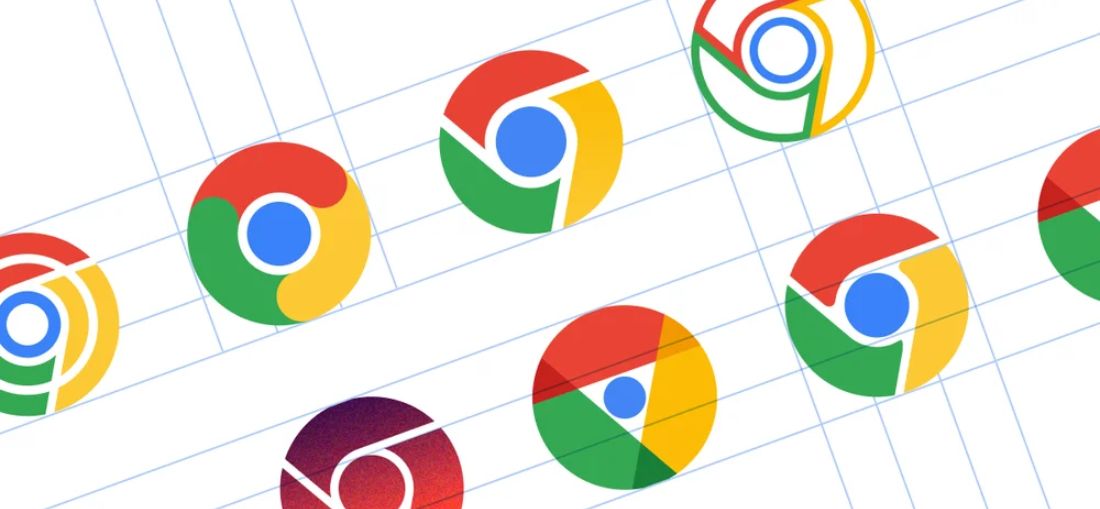The latest Chrome beta (version 111) includes a free trial for a new feature that could make Chrome’s picture-in-picture feature significantly more useful for users.
At present, this picture-in-picture feature can only be used for playing videos. However, if the trial is successful, it may one day allow people to display any form of web content.
According to the Chrome Platform Status tracker, the feature will be trialled until the release of Chrome 115, which will likely come in June. Following this, developers will take time to consider customer feedback on the feature before they decide how to move forwards.
If you’d like to turn on support for this feature now, you can enable its flag by pasting chrome://flags/#document-picture-in-picture-api into your URL bar and choosing ‘enabled’ from the drop-down menu. However, it’s more than likely you won’t encounter many sites that support the feature at this stage.
Why does this matter?
Although this may seem like a minor release at face value, there are quite a few ways in which this expanded feature could become incredibly useful over time.
At present, many of the examples offered by Google are just variations on how picture-in-picture already works currently, such as video players with custom UI (such as buttons to like or dislike a video) or a miniplayer for video conferences that allows you to see a grid of people and access controls to mute yourself or raise a hand.
However, it’s also easy to imagine how entire applets could take advantage of the API. For example, there’s already a Pomodoro timer app that uses this feature with supported browsers. As a result, we can already begin to see how this feature would be useful for people who want access to a picture-in-picture notepad or task list. Alternatively, the feature could be used to show a music playlist.
However, although it’s clear how useful the API could be, it remains unclear whether browsers with non-Chromium engines will support such a feature. At present, Apple’s engineers are unsure whether it would be possible to support such a feature on iOS, and developers at Mozilla have raised some concerns about the feature being used as a venue for annoying pop-ups. As a result, widespread adoption of such a feature remains a long way away.
